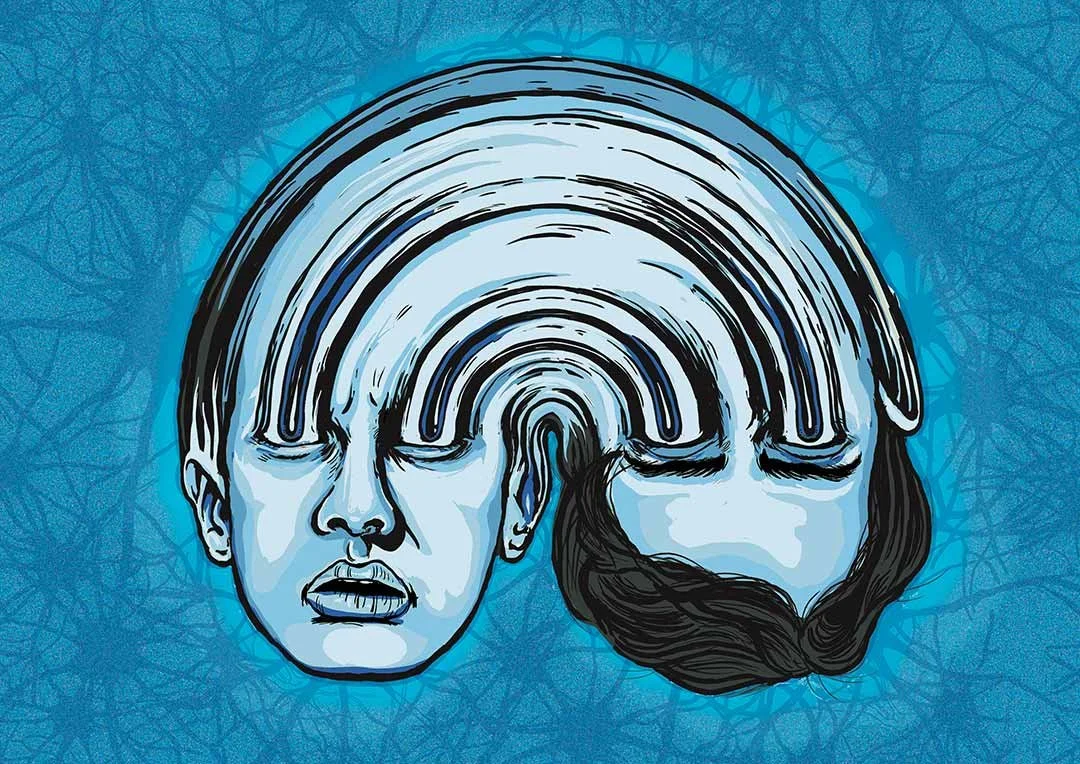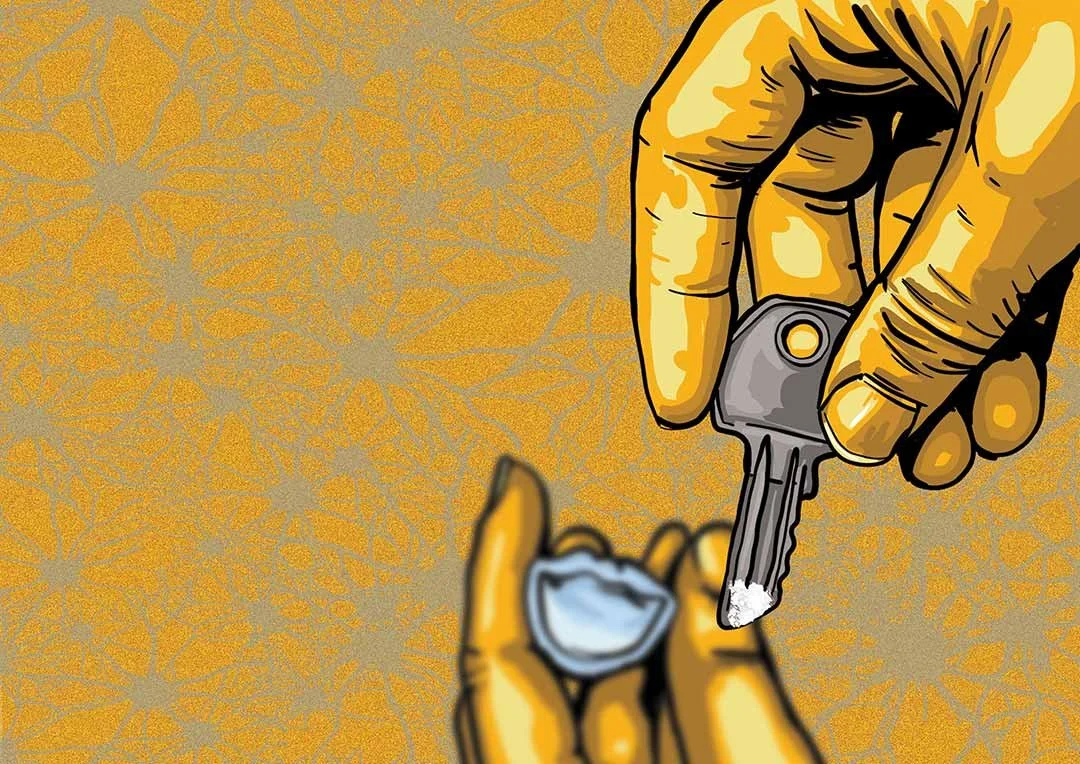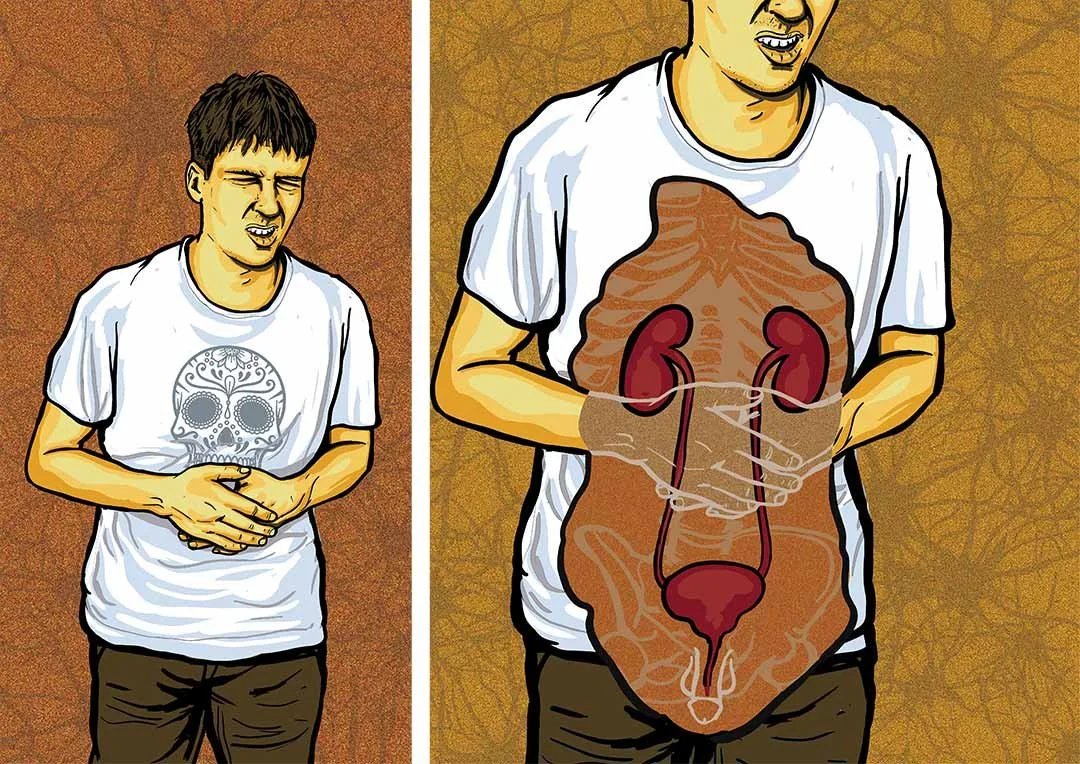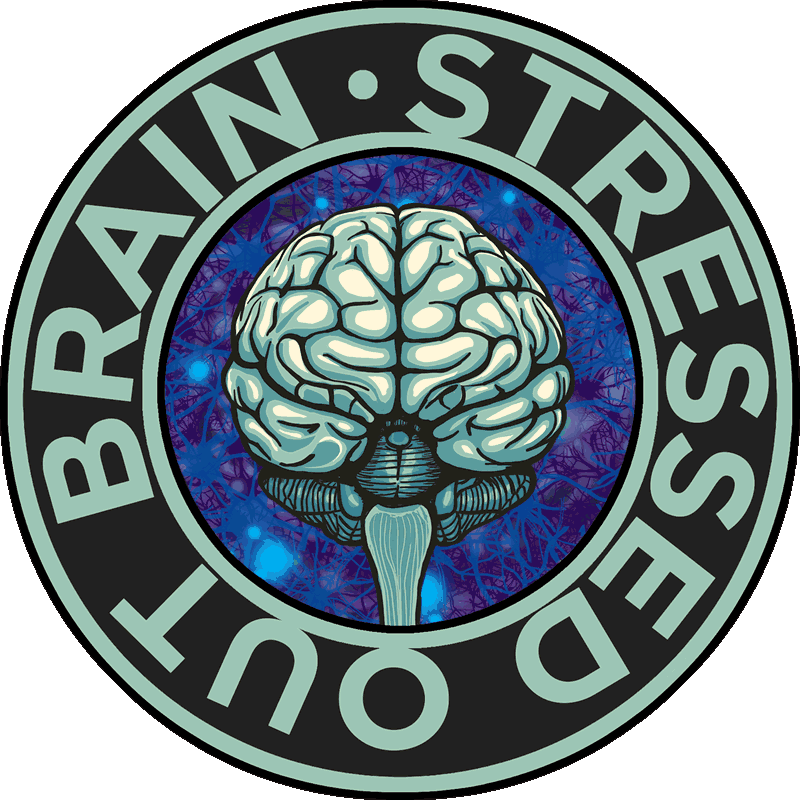
Ketamine?
Ketamine
The effects and risks involved in using ketamine depend on:
● How much you take;
● If you have taken other drugs at the same time;
● Your mood, where you are and who you are with;
● How often you use it.
There has been an increase in young people becoming dependent on ketamine and developing serious health problems when using regularly.
Ketamine doses
The effects at low doses are different from the effects at high doses. Some street samples of ketamine tested have been six times stronger than others, so it is very easy to take too much and overdose.
Snorting ketamine by bumping or keying a very small dose is less of a risk than snorting a whole line in one go.
Using ketamine when you have been drinking alcohol or taken other drugs increases the risk of accidents, vomiting and unconsciousness. There are about 30 deaths a year involving ketamine, mostly when it’s used with alcohol or other drugs.

Ketamine effects
Effects at low doses
If snorted, the effects start within about 5 minutes and really kick in after 20-30 minutes.
At lower doses, ketamine produces a sense of being chilled, relaxed, comfortable, happy and euphoric.
You may feel dizzy, lose all coordination and struggle moving or standing, let alone dancing (although some do try).
You will feel confused and disoriented. Your body may feel numb, or your muscles may be so stiff you can’t move.
You may feel extremely drowsy and may drool. Some say the effects of ketamine are a bit like being very, very drunk.
Effects at higher doses
At higher doses, you may go into a dream-like state that feels like you are in a totally different version of reality. This is sometimes described as an out-of-body experience or a ‘K-hole’.
Your sense of time and space will become distorted. You may have no idea what is going on and not know who or even what you are anymore. You may become heavily sedated and/or pass out.
The effects of a dose last about an hour and wear off quite quickly, as you suddenly feel back to normal (ish).
The day after, you may experience memory loss, disorientation, clumsiness and aches and pains.

If it all goes wrong
Accidents, vomiting and vulnerability
Ketamine causes a loss of feeling in the body, so you could be falling over or hurting yourself and not feel the pain.
A number of deaths are a result of people falling into rivers or canals, or drowning after passing out when taking a bath.
Vomiting is common, particularly if ketamine is taken at the same time as alcohol or other drugs. Vomiting when you are heavily sedated or unconscious is very dangerous, as you can drown in your own vomit.
If you’re disorientated, heavily sedated or unconscious; you are vulnerable to robbery, assault or rape. You will also struggle to talk, so it will be difficult to ask for help.
It is more of a risk using ketamine if you are near a busy road or canal, etc. It is more of a risk using ketamine if you are on your own, as there is nobody to help if it all goes wrong.
Looking After Mates
If you are looking after a friend on ketamine:
Don’t take ketamine at the same time as them. Stay with them and look after them the same way you would want to be looked after if it were you.
If they become unconscious or heavily sedated (you can’t wake them), put them onto their side (called the Recovery Position) to stop them choking on vomit.
If they are not breathing properly (or gurgling sound) or their lips turn blue, make sure the throat isn’t blocked with vomit, and they can breathe. Use first aid if you know how and call an ambulance.
If they have a fit (convulsions), don’t hold them down as this can be dangerous. Call for an ambulance and tell the ambulance crew what they have taken and how long the fit lasted.

Mental health and ketamine
Mood and memory
Ketamine can exaggerate a low mood and make anxiety, paranoia, ADHD, sleep problems or any existing emotional
and mental health problems worsen.
If you feel anxious or in a low mood before using ketamine, you may feel much worse during a session.
If a friend becomes panicky or frightened, don’t force them, but try to take them somewhere quiet where they feel safe and gently calm and reassure them.
Losing your memory during a trip is a common occurrence, although regular users may experience longer-term memory problems.
Psychosis, anxiety and depression
People with a history of psychotic illness (paranoia, delusions, jumbled thoughts, hearing voices, etc.) should avoid ketamine as it may trigger psychotic episodes.
There is evidence that ketamine helps with depression, and some evidence that it helps with anxiety. A purified form of ketamine (esketamine) can be prescribed at low doses by doctors to treat severe depression, but only under strict medical supervision. It is not licensed for use with anxiety.
Using ketamine to ‘self medicate’ for the effects of depression or anxiety might work in the short term, but using ketamine on a regular basis runs the risk of doing serious harm to your body, may lead to dependence and may make your mental health worse in the long run.

Regular use of ketamine
K-cramps, Ket-bladder and kidney damage
Regular use of ketamine may lead to severe tummy pain. Up to a third of regular ketamine users experience these K-cramps.
Ketamine passes through your kidneys and then into your bladder before it comes out in your pee. Regular use can damage the kidneys and bladder. How bad the damage is depends on how much you use, how often and for how long you have been using.
If you find yourself peeing lots, feel a burning pain when you pee, have blood in your urine, or are incontinent (pee yourself), go and see your doctor or speak to Early Break. You should stop using ketamine, as in many cases, the bladder can heal itself.
However, in the worst cases, ‘ket bladder’ may result in surgery and in some cases, having your bladder removed. There is also evidence that regular heavy use of ketamine may damage the liver.
Tolerance, dependency and withdrawal
When you use a drug regularly, it starts to take more to get the same effect. This is called Tolerance. Tolerance to ketamine develops rapidly. Some people start to binge and use, and it can easily get out of control.
Even though ketamine is a relatively cheap drug, using regular large amounts is expensive, so it can get you into debt. Regular use can put a strain on your relationships with family and have an impact on your mental health.
If you are using ketamine regularly, it can be difficult to stop. If you stop, you may experience cravings, loss of appetite and have trouble sleeping. Lack of sleep can lead to an increase in symptoms of anxiety and depression.
If you do feel things have got out of hand or think you are dependent on ketamine, ask for help.

Getting caught
Getting caught by the police
Possession of ketamine (where the police find small amounts of drugs in your pocket, bag, car, etc.) is illegal.
In most cases, for a first-time offence of possession, the police will offer some form of out-of-court disposal. This is where you agree to go on an educational course or go to a service like Early Break for help and support.
Being caught supplying, or if the police think you intend to supply ketamine, is taken more seriously, and you may be charged and have to go to court.
The police test for ketamine if they suspect you are driving under the influence of drugs. Ketamine can be detected in blood or saliva for several days after use.
Getting caught in school
If you are caught supplying drugs in school, it can lead to arrest by the police and school exclusion. Possession can still lead to all of this, but it’s more likely that you will be seen as ‘having a problem’ – rather than ‘being one’.
Help if you are caught
Although nobody wants to get caught, if you are caught by the school or the police, you can be sent to a service like Early Break.
For many young people, this can be a positive experience as you avoid getting a criminal record and you will be seen by someone who understands about young people’s ketamine use and will be able to help you.

Getting help
Getting help
There will always be risks involved in using a drug like ketamine. The only way of avoiding risk is by not using ketamine. If you do use try to reduce the risks by:
● Not using when alone;
● Making sure you use it in a safe environment;
● Not using too much in one go;
● Not using ketamine with other drugs;
● Not using ketamine too often.
Regular use can:
● Do serious damage to your bladder, kidneys and liver;
● Lead to problems at home, work, of school and debt;
● Leads to dependency.
Using drugs you can’t afford can draw you into crime and risk you being exploited. Young people have been asked to hold on to, deliver or sell drugs, send nude pictures or perform sexual acts to pay for drugs.
Using ketamine to cope with depression is not a long-term solution and risks you becoming dependent. Drugs may not be the cause of all your problems, but they might have added to them or made things worse. It is often the case that a whole series of things have built up or gone wrong in someone’s life by the time they get help.
It is important to remember that even if you are in a situation that you can’t see a way out of, there is always help available.
Young people and families are at the centre of everything Early Break do. Each young person sets their own goals and targets, and the role of their individual worker is they support them to achieve these goals










